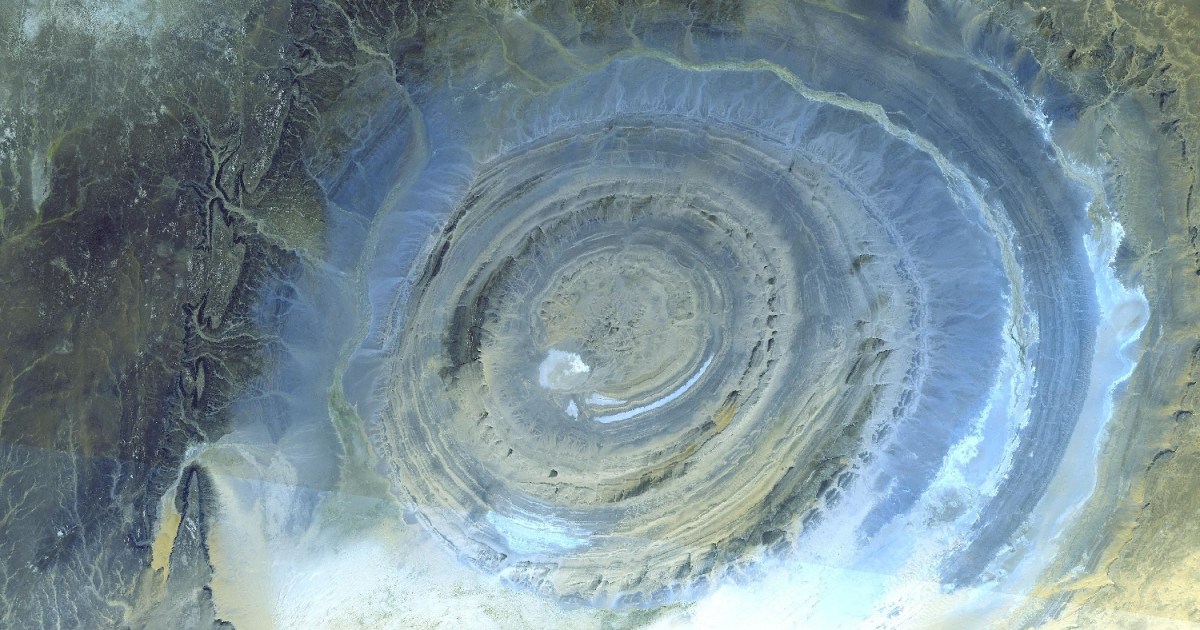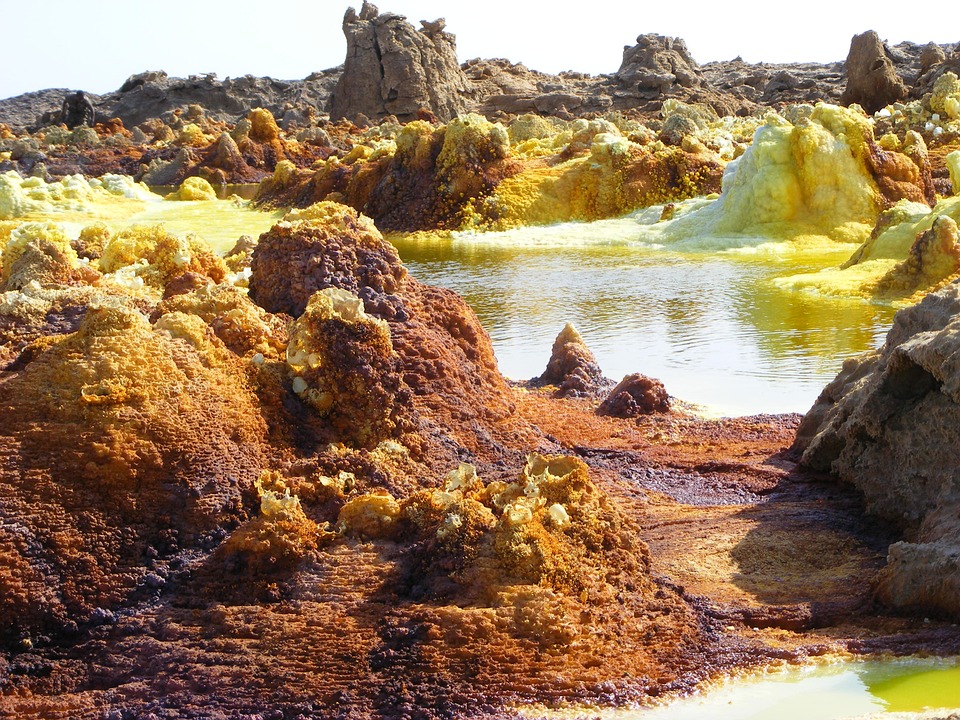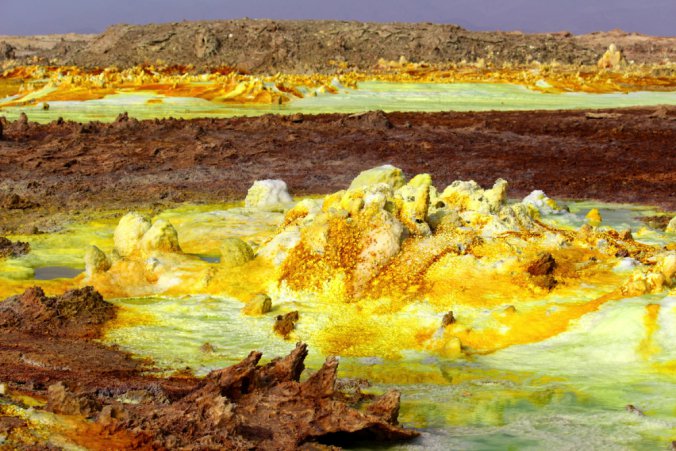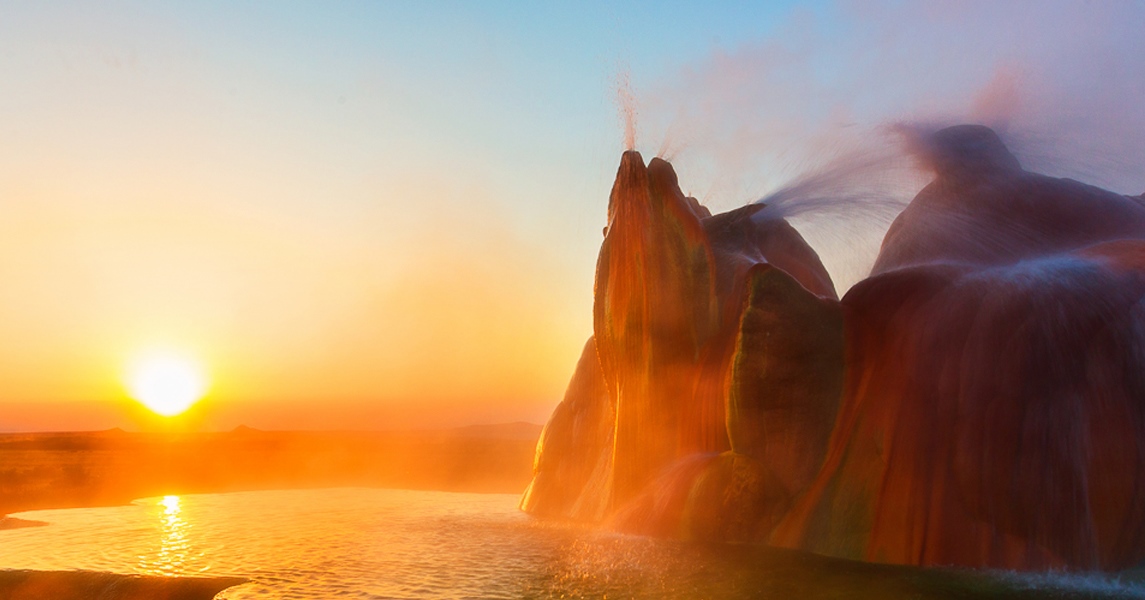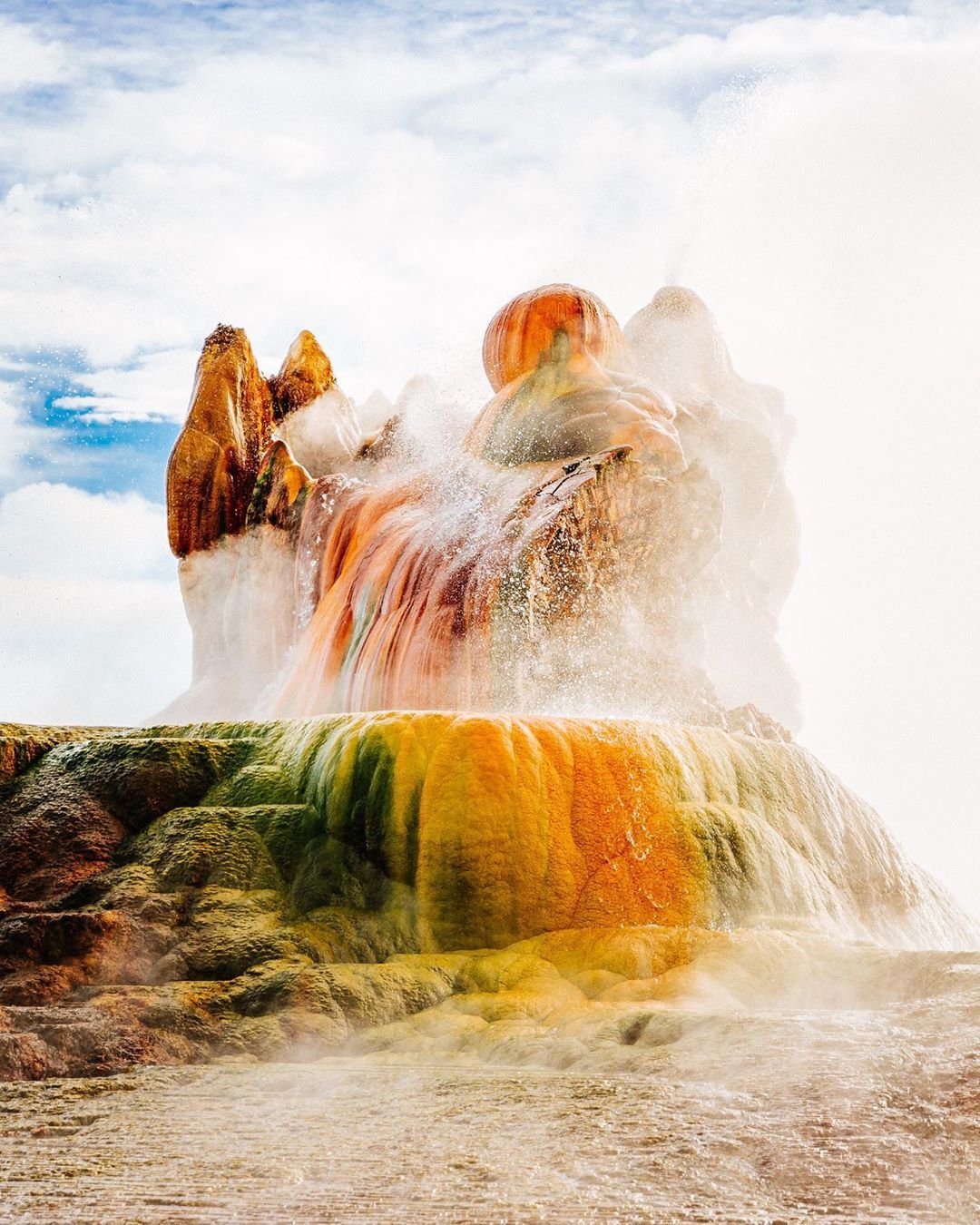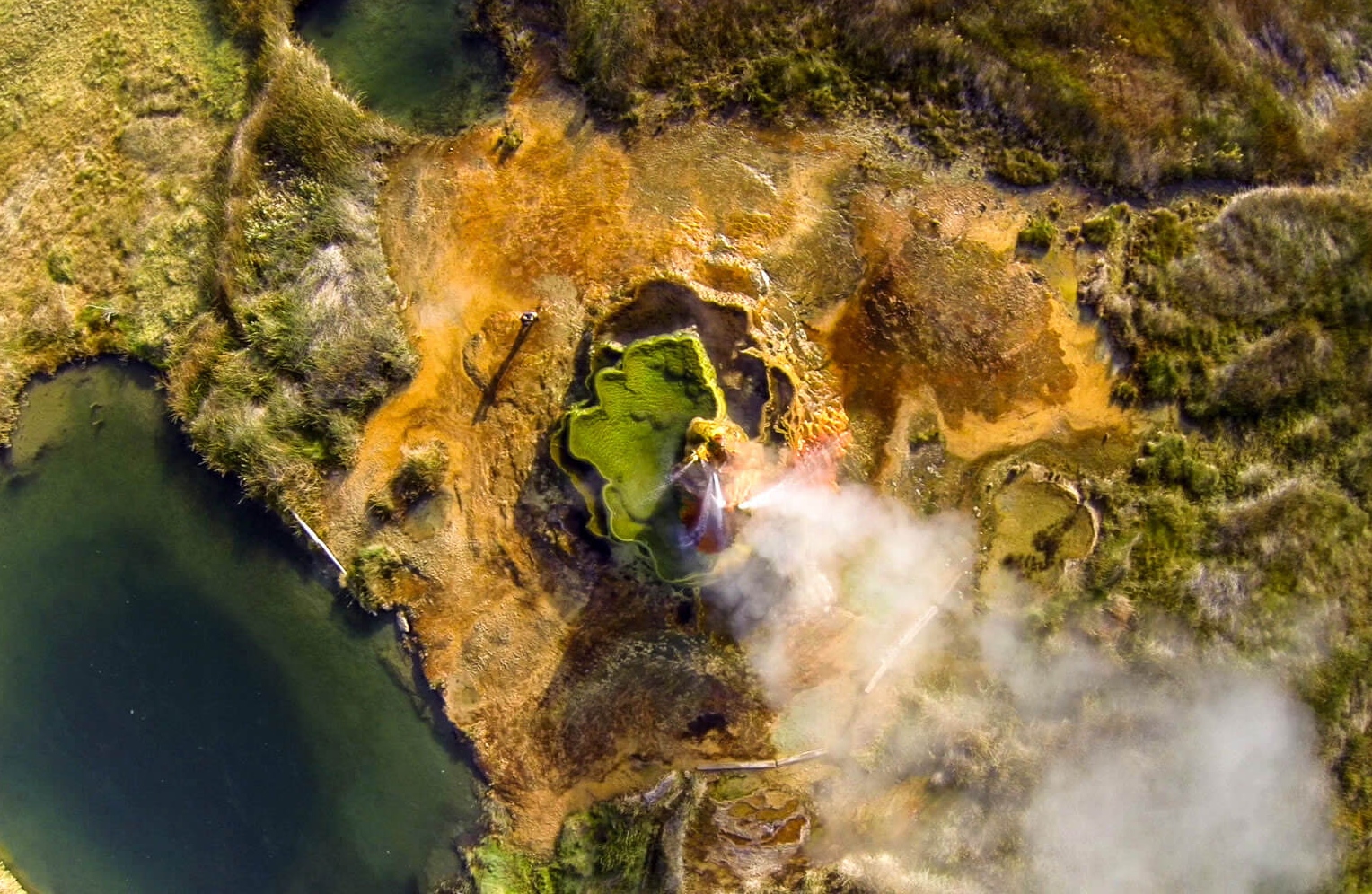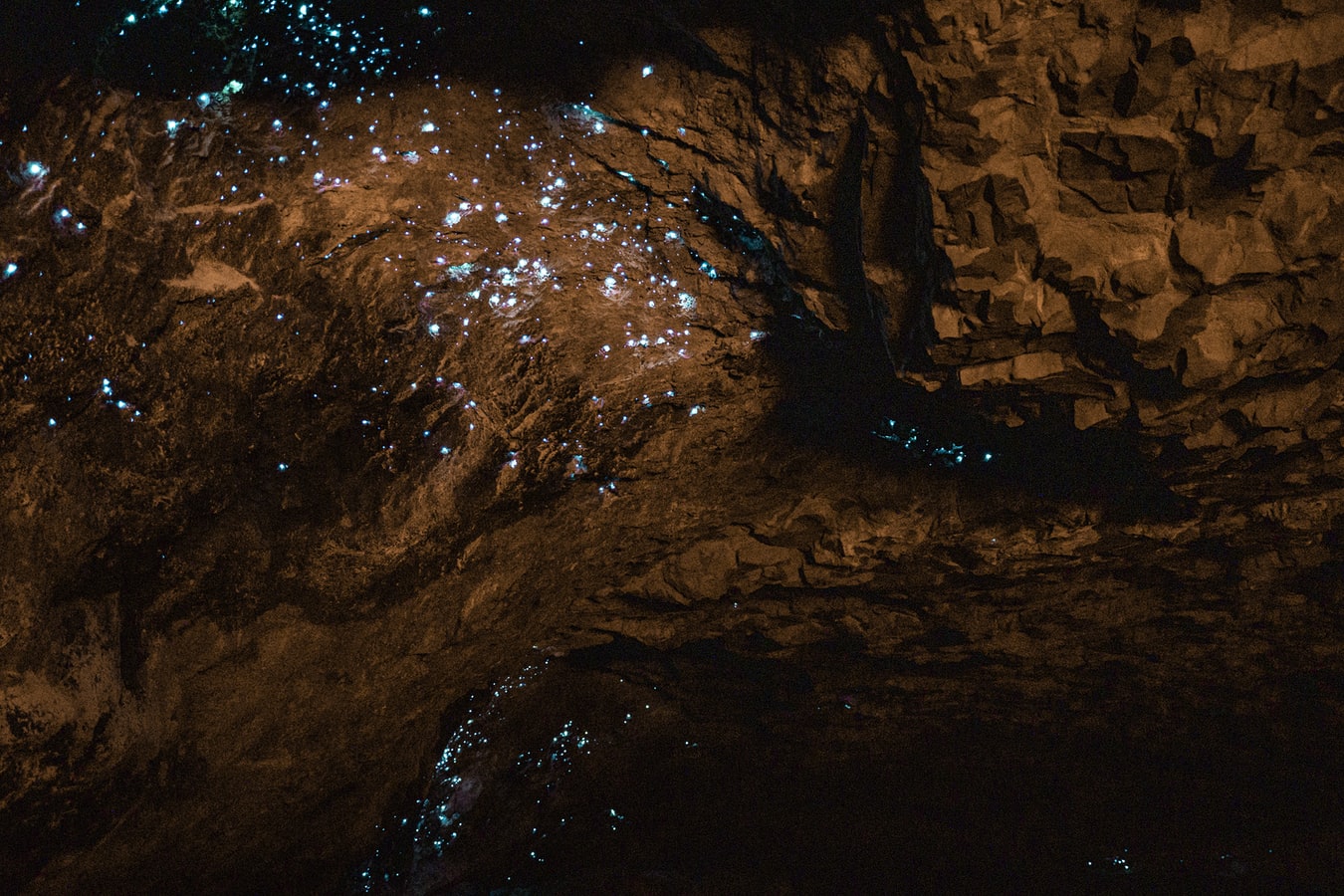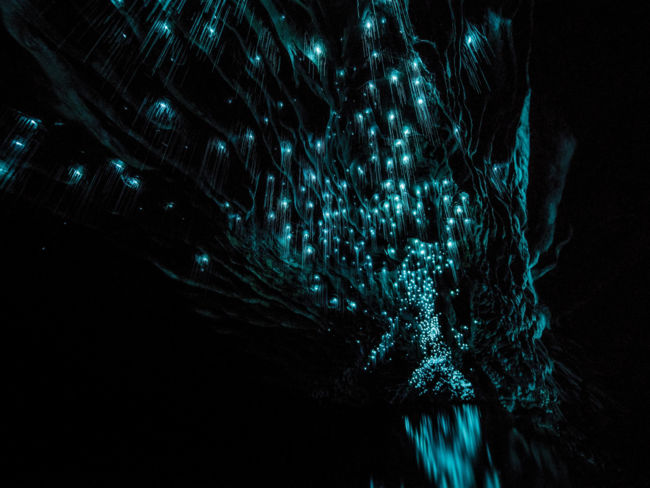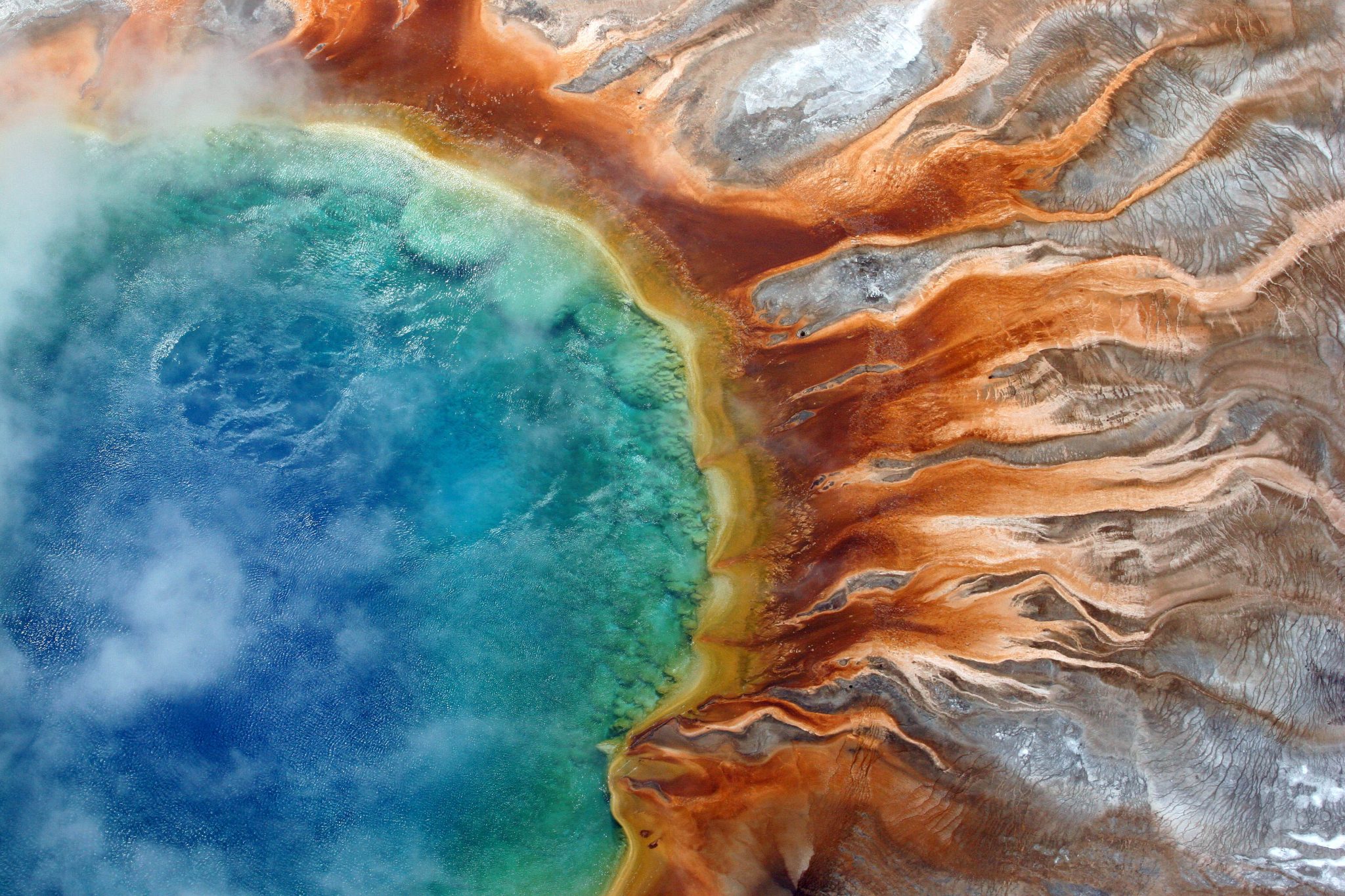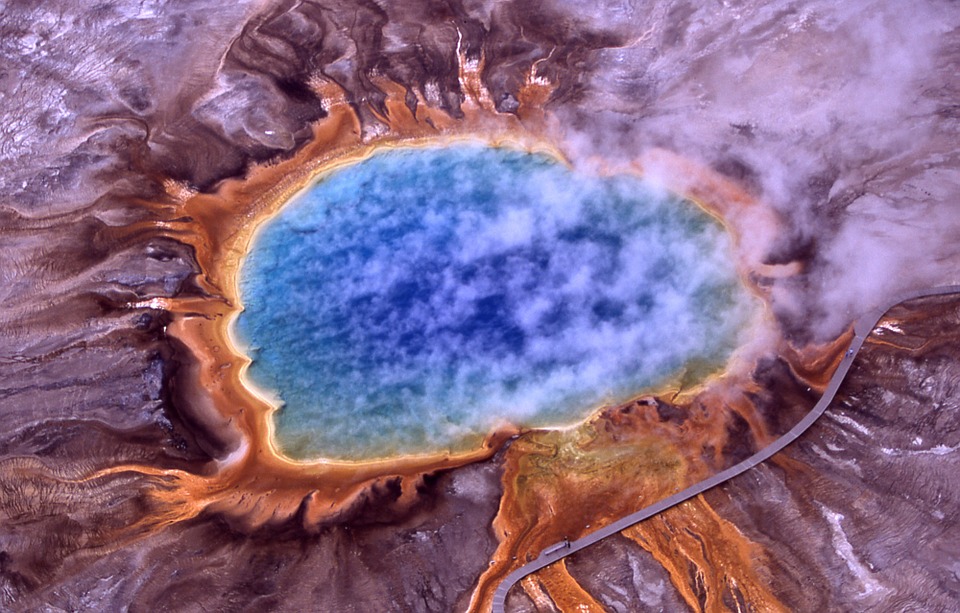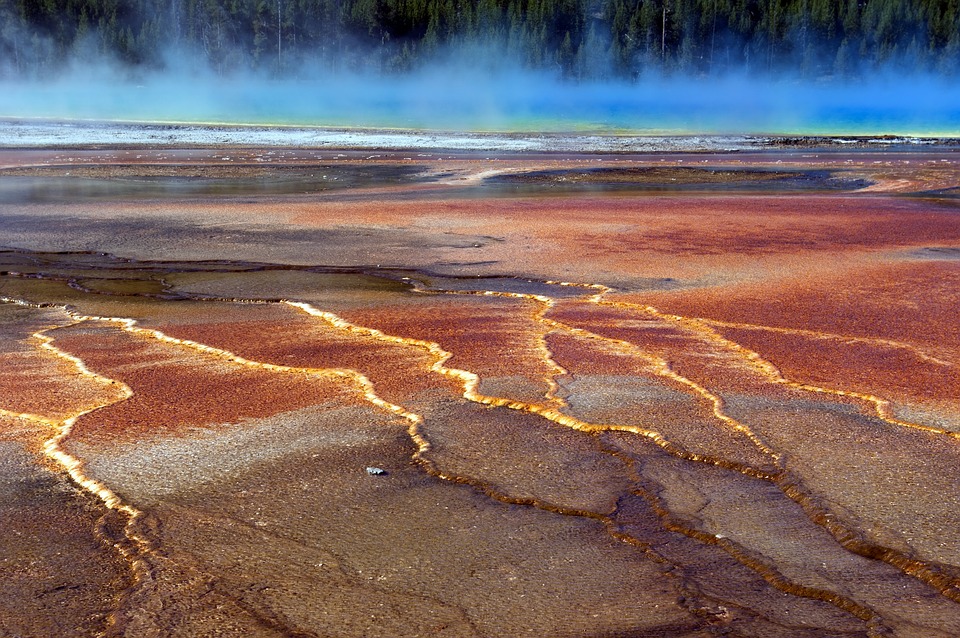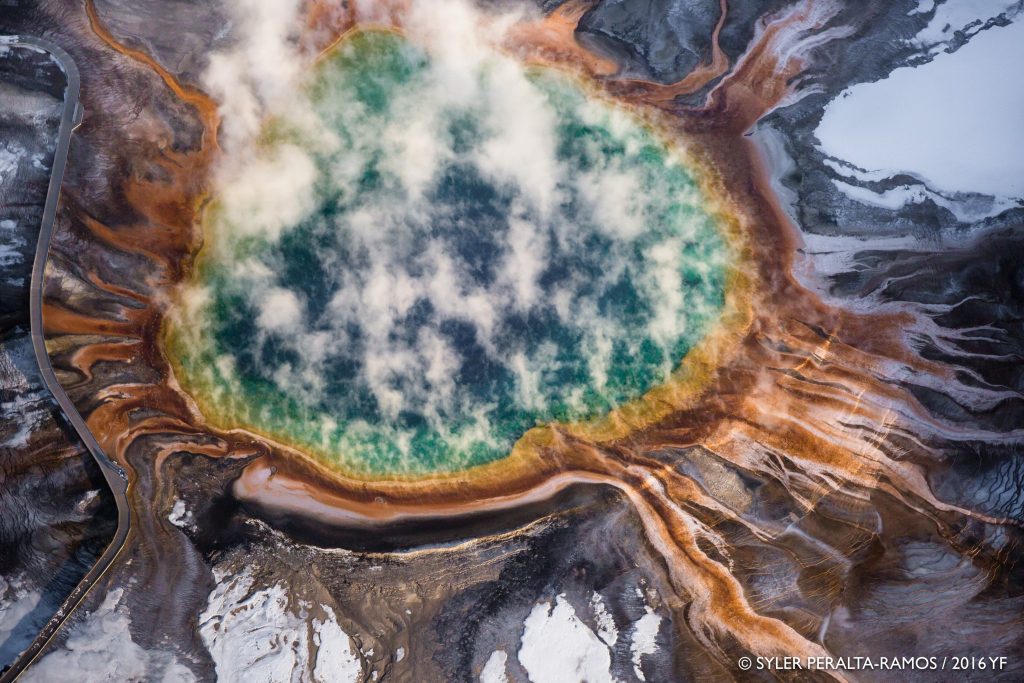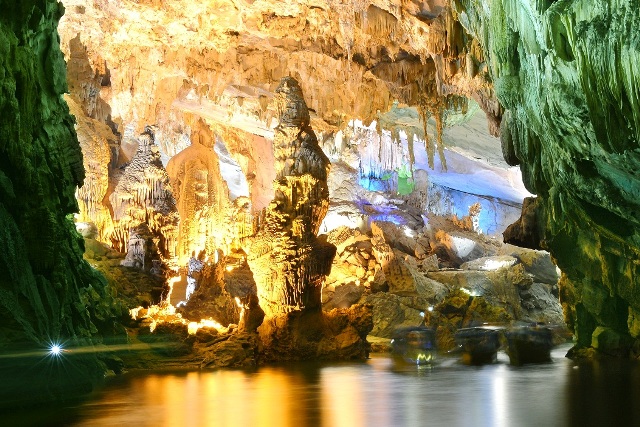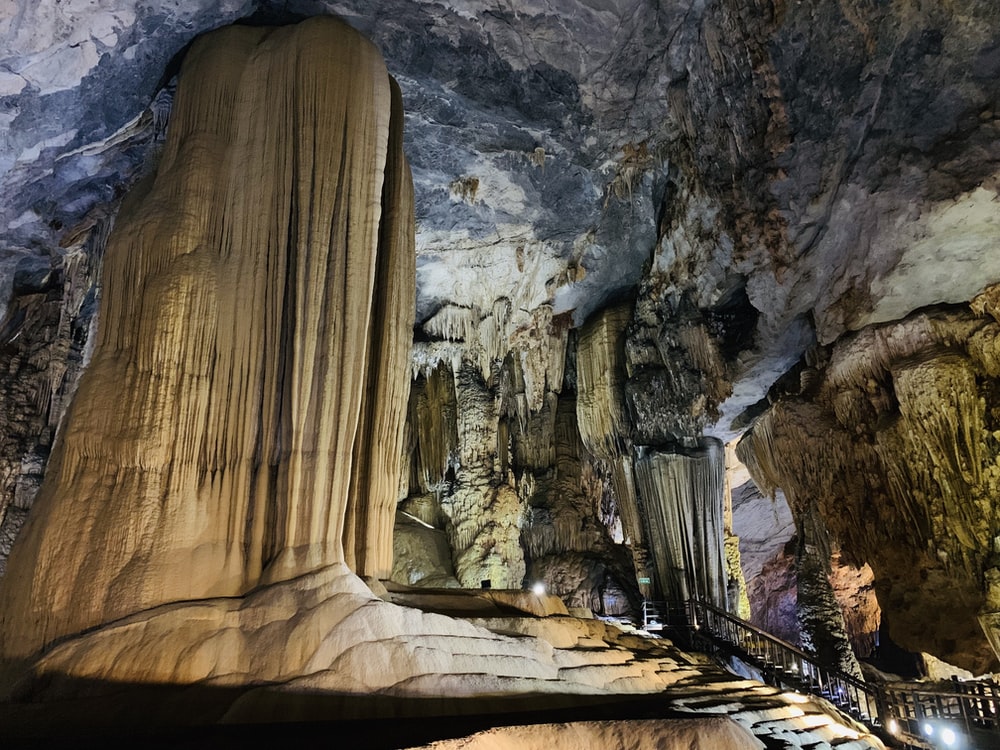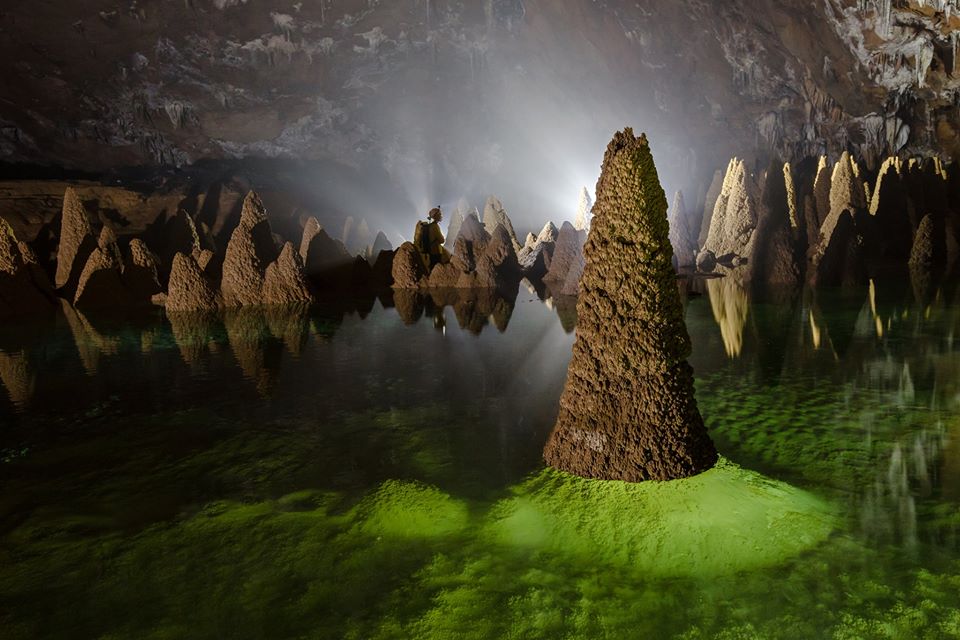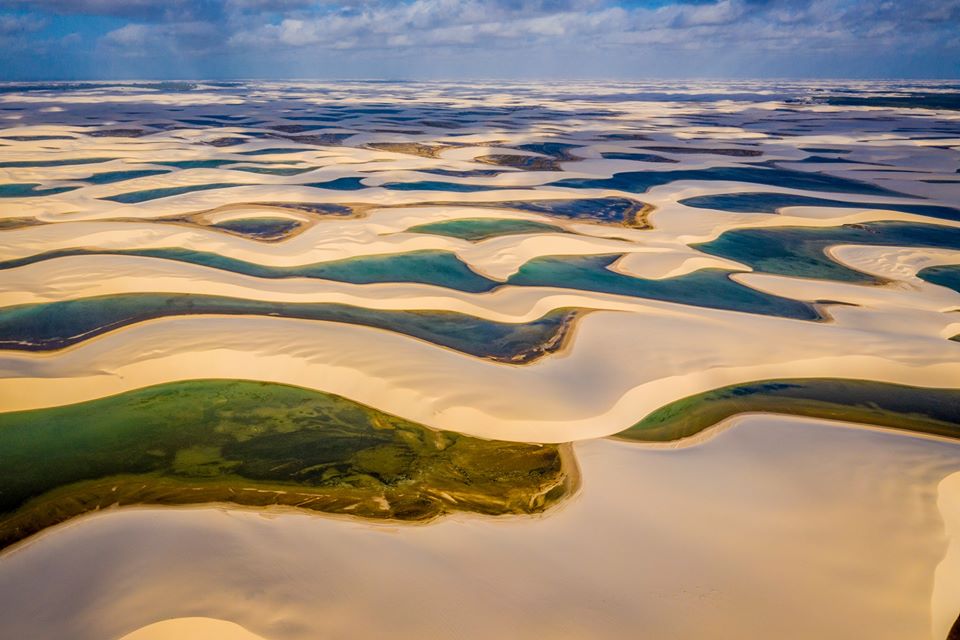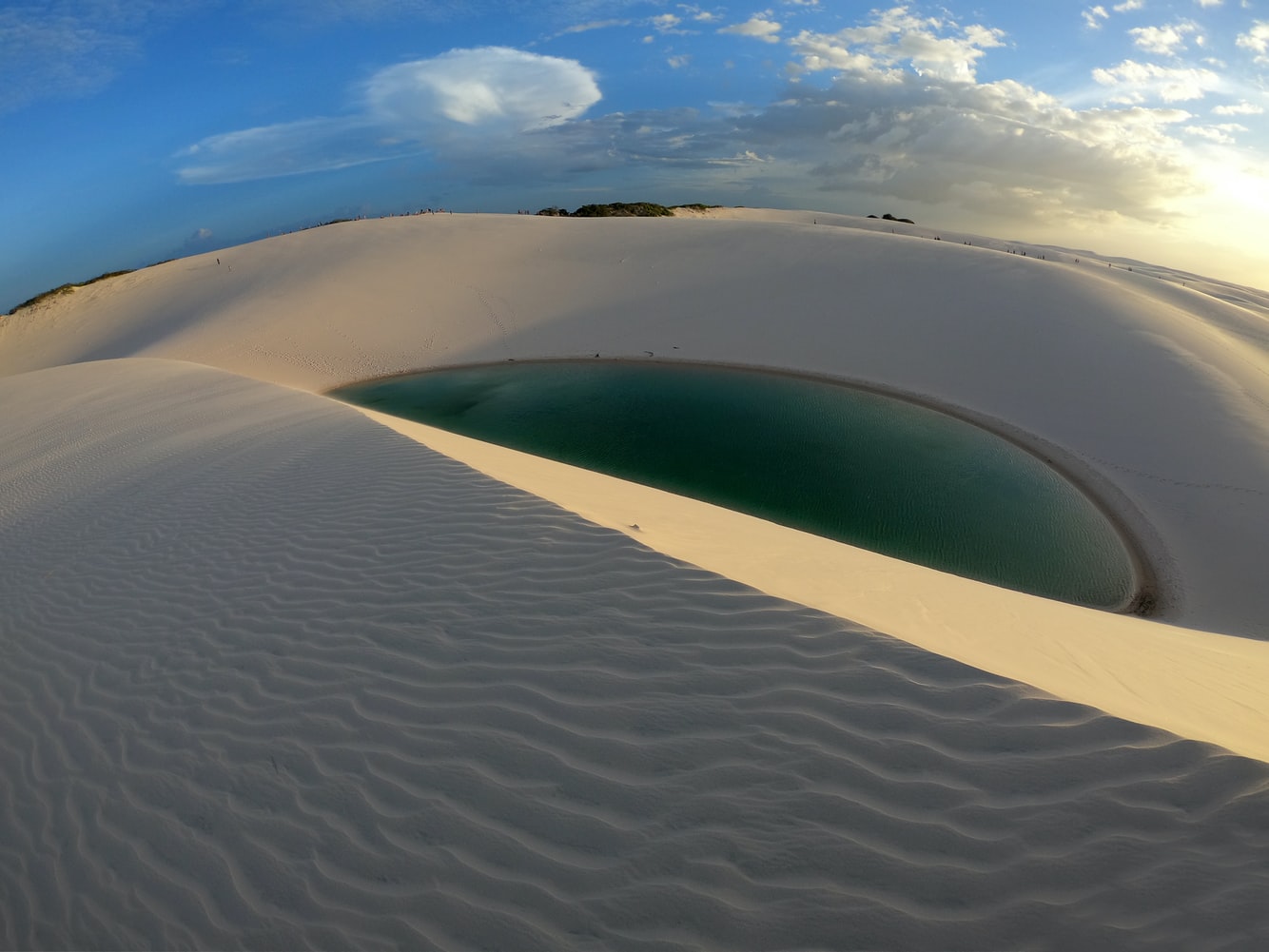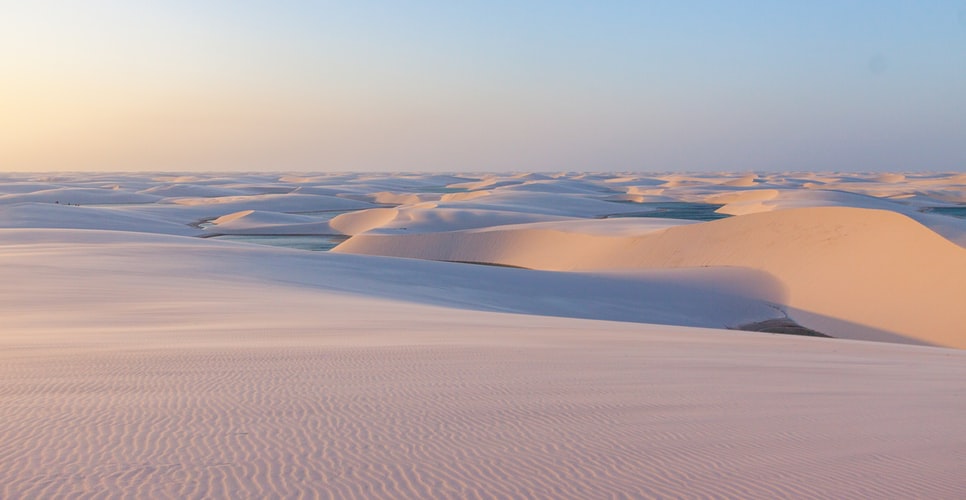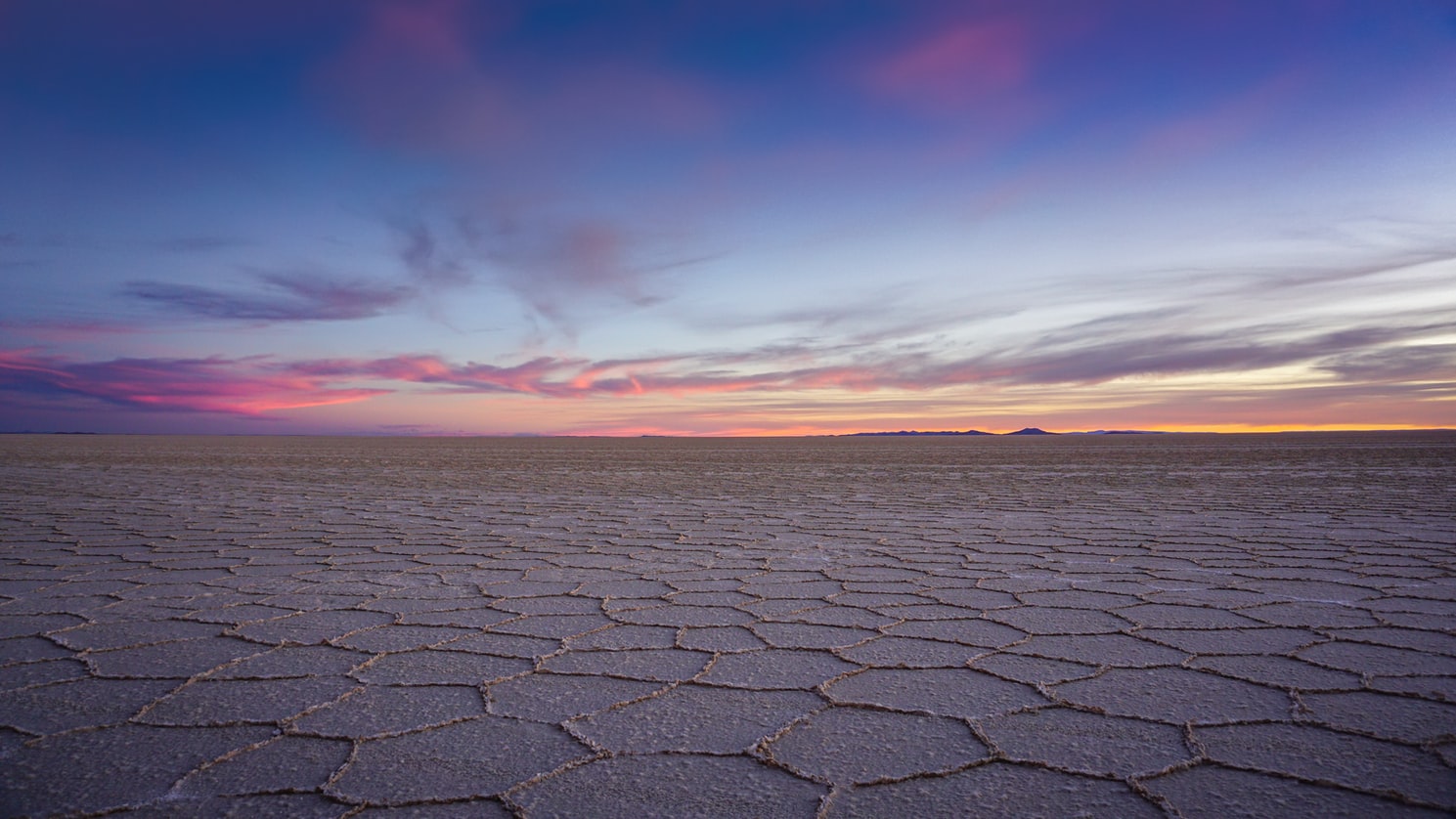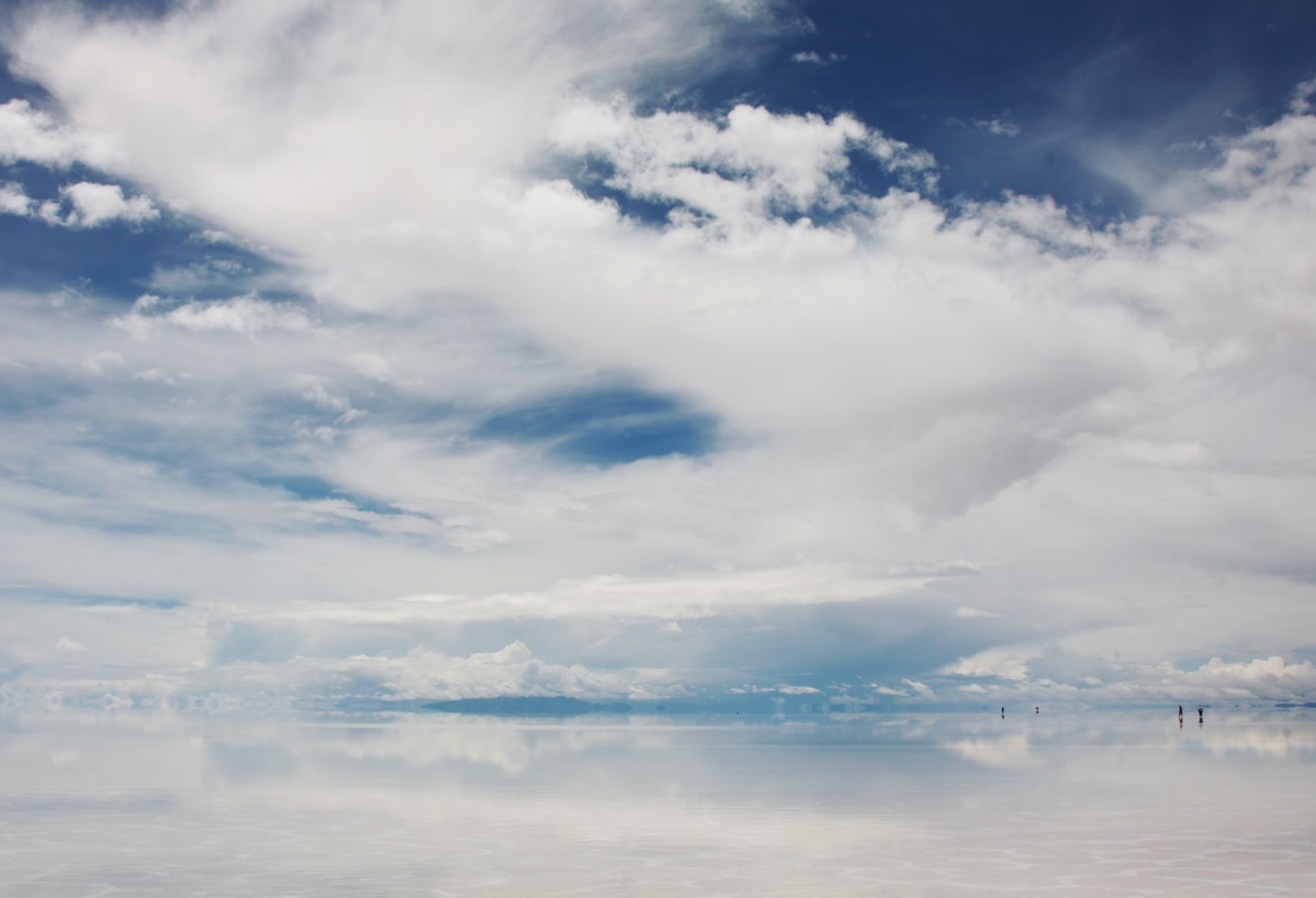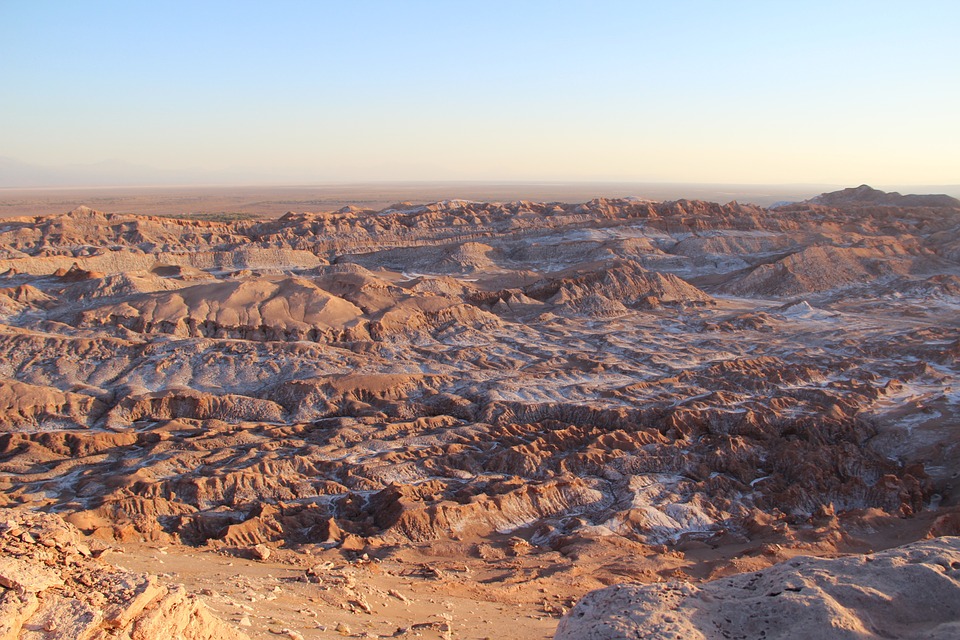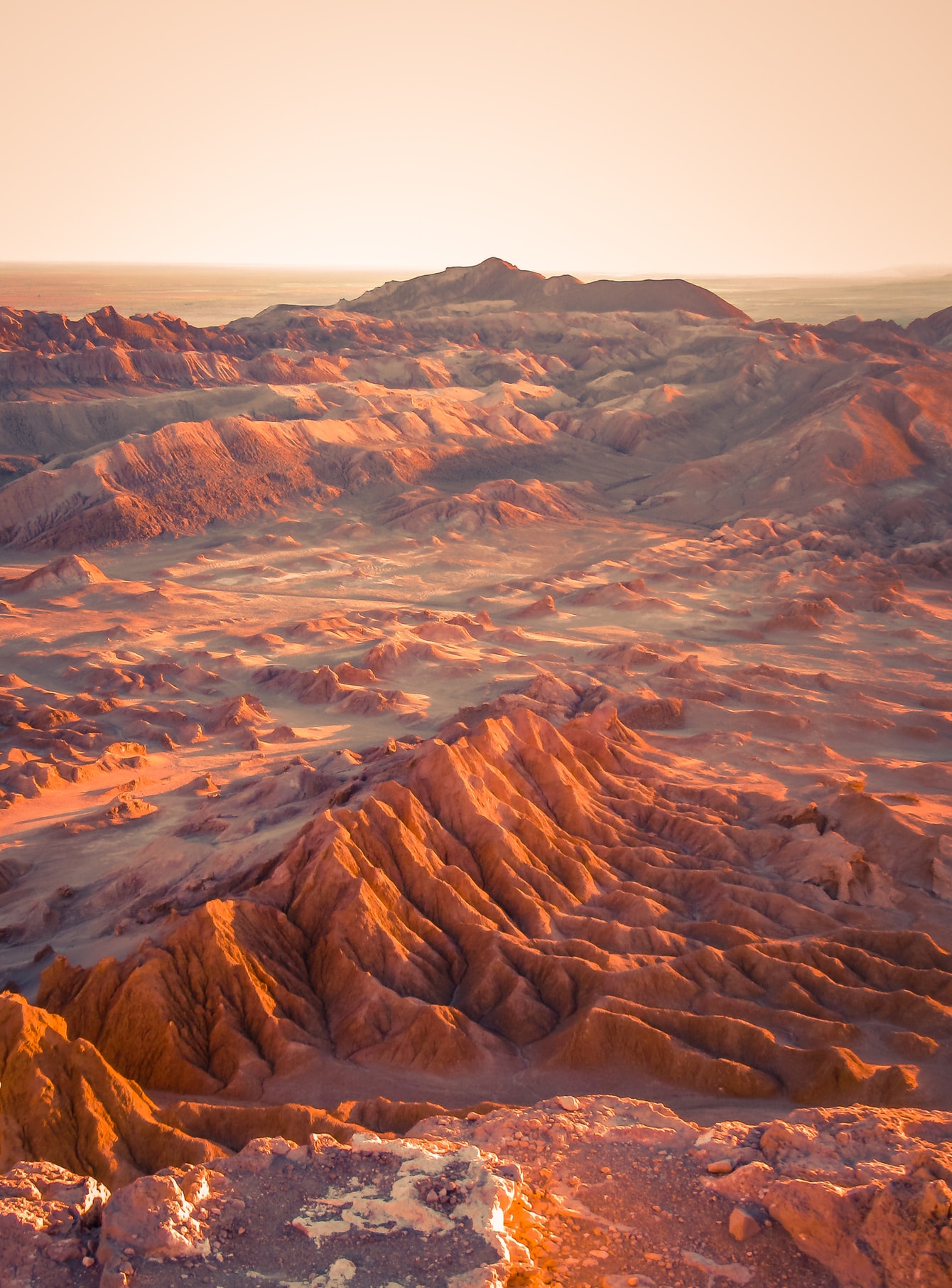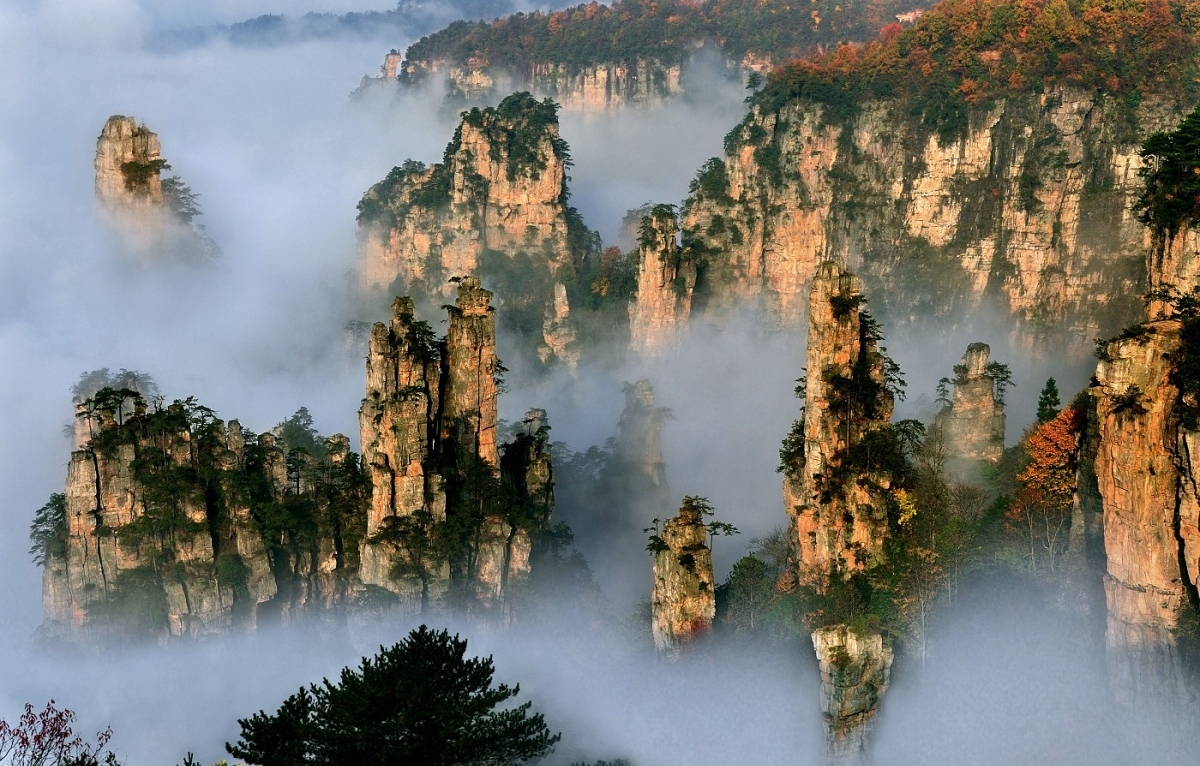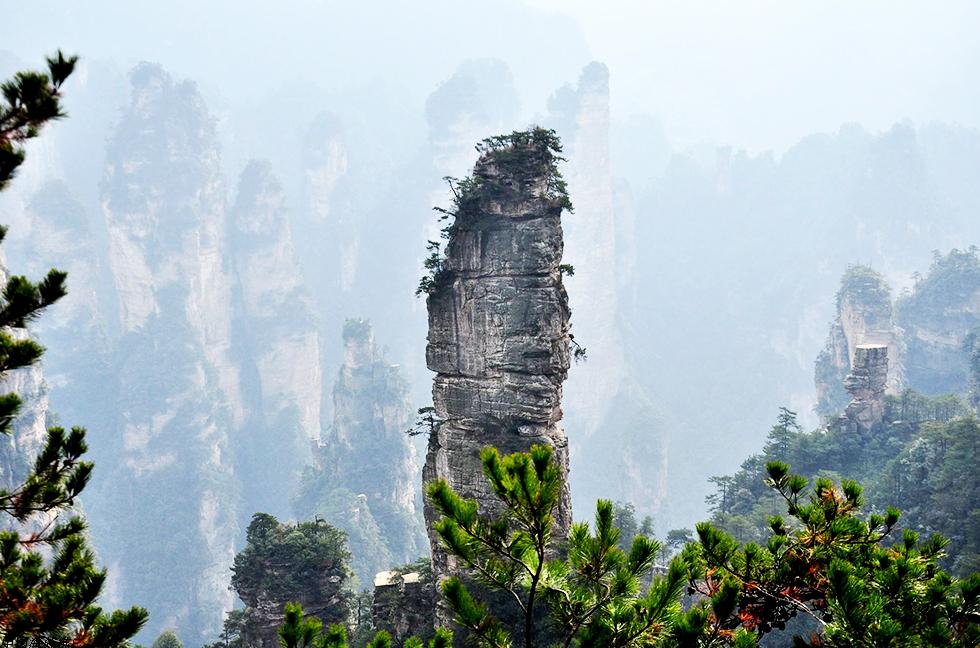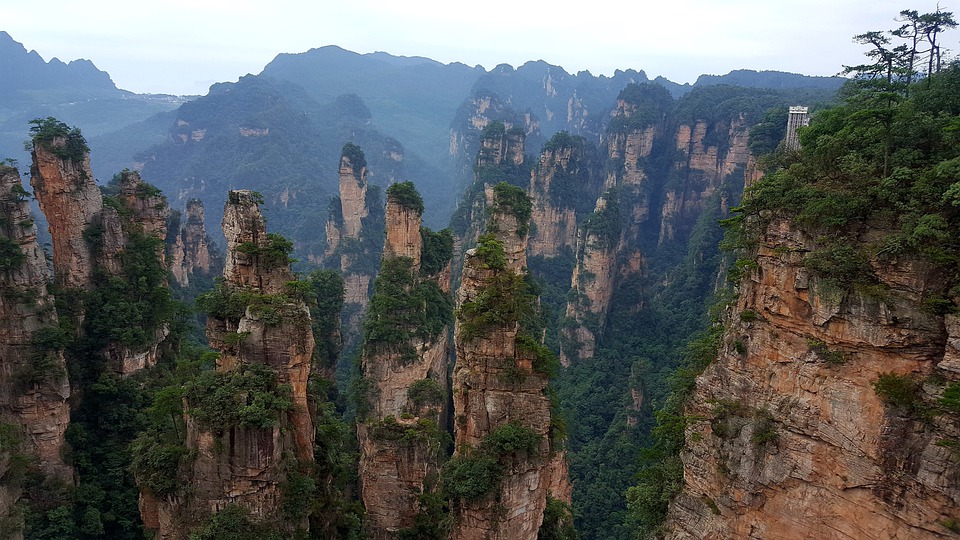outer space images that are achieved through the work of giant telescopes and probes moving to the edges of the Universe usually surprise us. However, sometimes they also prevent us from appreciating nearby places that are equally or even more amazing. To do it justice, we’ve rounded up some of the wonders of Earth that look like they came from another planet.
You might be interested in:
- Images from space
- Images of Mars after half a century
- Space observatories studying the Universe
Places on Earth taken from another planet
| Place | Location |
| Richat structure | Mauritanian |
| Darvaza Well | Turkmenistan |
| Dallol Crater | Ethiopia |
| White waterfall Pamukkale | Türkiye |
| Waitomo Caves (Glowworm Caves) | Waitomo, New Zealand |
| Scurvy | Madagascar |
| Large prismatic spring | USA |
| Son Dong Grotto | Vietnam |
| Lencois Maranhenses | Maranhao, Brazil |
| Salt flats of Uyuni | Uyuni, Bolivia |
| Valley of the Moon | Antofagasta, Chile |
| Wulingyuan | Hunan, China |
Richat structure, Mauritania
Next
The Richat structure, also known as the “Eye of the Sahara”, has been a major attraction since the first space flights. Yes, because given its round shape, it was thought that the formation, which is about 45 kilometers (28 miles) in diameter, may have been the result of a meteorite impact. However, today it is believed that this strange geographical feature, located in the Sahara Desert in Mauritania, was formed when a volcanic dome hardened and gradually eroded, exposing layers of rock.
Darvaza Nu, Turkmenistan
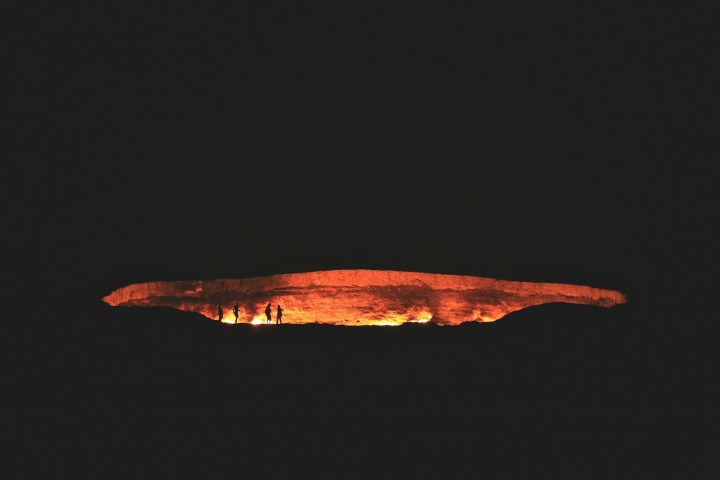
He Garagumyn Yalkymy (Radiance of the Karakum Desert, in Turkmen), although this site in Darvaza, Turkmenistan, better known as the “Gateway to Hell”, was originally a natural gas field. However, in 1971 the structure collapsed, turning into a crater. Geologists started the fire to prevent the methane from spreading, and it has been burning non-stop ever since. The crater has a diameter of 69 meters and a depth of 30 meters. This is one of the main tourist attractions in Turkmenistan.
Dallol Crater, Ethiopia
Next
Dallol Crater, located in the Erta Ale mountain range crossing the Danakil Desert in Ethiopia, is a volcanic formation that mixes basaltic magma, salt deposits and thermal activity. Due to its high temperatures, high acidity, high concentrations of salts and other metals, the Dallol geothermal zone is considered one of the most hostile zones on the planet, which is why scientists are studying it for possible missions to other planets.
White waterfall Pamukkale, Türkiye
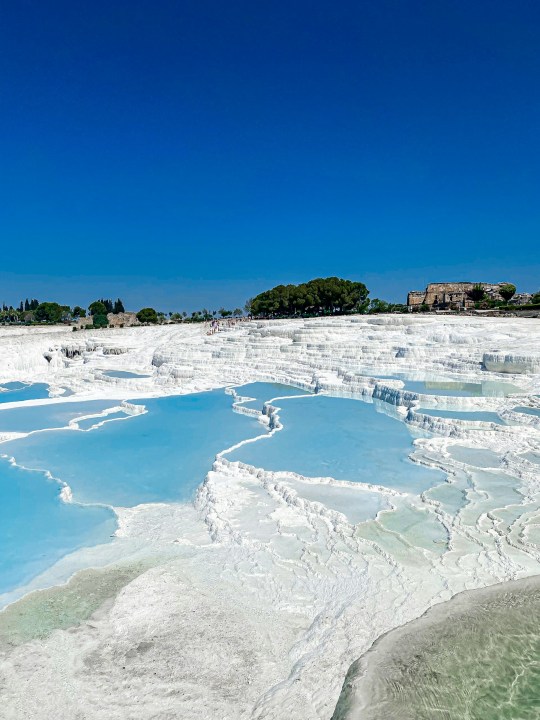
Pamukkale (Cotton Castle in Turkish), declared a World Heritage Site by UNESCO in 1998, is famous for its mineral-rich thermal waters that form terraces of limestone and white travertine. The fountains, which create the feeling of being in front of a frozen waterfall, arose about 2,500 years ago as a result of earthquakes recorded in the area. At the summit are the remains of the ancient Hellenistic city of Hierapolis, built at the end of the 2nd century BC. V.
Fly Ranch Geyser, USA
Next
Fly Geyser is a complex of three hot springs formed as a result of human intervention. The first geyser appeared in 1916 when residents drilled a well in search of water, and the main one formed accidentally in 1964 after a geothermal energy company drilled a well. Over the years, the sediments have reached heights of about 6 feet and are green and reddish in color due to a combination of soil and thermophilic algae that thrive in hot, humid environments. Research has shown that important quartz reserves have been developed within the springs.
This natural wonder is located on Fly Ranch, a roughly 15-square-kilometer (6-square-mile) site on the edge of Nevada’s Black Rock Desert, about two hours from Reno. The land was purchased in 2016 by the Burning Man Project for conservation purposes.
Tsingy, Madagascar

Tsings are large areas of limestone and loose rock that are made up of fossilized shells, so they can be broken up with your fingers. The strange, sharp limestone peaks are the result of millions of years of erosion when Madagascar was still annexed to the African continent. The limestone formations, like natural skyscrapers, that form the city are spread over an area of about 1,517 square kilometers. The formations occur in three regions of Madagascar, Melaka, Diego Suarez and Diana, although only the first two are World Heritage Sites.
Waitomo Caves, New Zealand
Next
The Waitomo Caves, also known as the Glowworm Caves, are 3.3 kilometers long and are one of New Zealand’s top natural attractions. The biggest feature of these limestone formations are the millions of firefly larvae. arachnocampa luminous (endemic to New Zealand), emitting a bright light with which they attract prey. The caves can be accessed by boats on the Waitomo Creek.
Grand Prismatic Spring, USA
Next
With more than 10,000 mud wells, hot springs and geysers, Yellowstone National Park in the US contains more than half the world’s hydrothermal reserves. But most impressive of all is the Grand Prismatic Spring, the third largest on the planet. Although there are earlier predecessors, it was recorded in 1871 by the American geologist Ferdinand Vandevere Hayden, who named it so because of its bright coloring – the result of microbial mats – a special combination of most of the colors visible through an optical prism: red, orange, yellow, green and blue.
Son Dong Grotto, Vietnam.
Next
Shondong Grotto, 4.5 kilometers long, is considered the largest in the world. It was discovered in 2009 by British scientists during an expedition in Vietnam’s Phong Nha-Co Bang National Park, where there are more than 150 similar cavities. Son Dong Grotto has stalagmites inside – sedimentary formations that form on the floor of caves – more than 70 meters high. In 2003, the park was recognized as a UNESCO World Heritage Site.
Lencois Maranhenses, Brazil
Next
Lencois Maranhenses National Park (PNLM), located in the state of Maranhão in northern Brazil, has an area of 155 thousand hectares, 90 thousand of which are dunes and lagoons. This protected area is immersed in the transition zone of the marine coastal biomes of the Cerrado, Caatinga and Amazonas and is formed by areas of sandbanks, free dunes and ocean coastline.
Salt Flats of Uyuni, Bolivia
Next
At 10,582 square kilometers, the Uyuni Salt Flat is the largest continuous salt desert in the world, created by the evaporation of the sea and large lakes sandwiched between the Andean mountains. Situated at an altitude of about 3,650 meters above sea level, it is also one of the highest on the planet. This place offers landscapes of extraordinary natural beauty, like a perfect mirror of calm water during the rainy season or a sense of infinity during dry periods. It has the largest reserves of lithium on the planet, but also contains minerals such as potassium, boron and magnesium.
Valley of the Moon, Chile
Next
Located in the Atacama Desert, the driest on the planet. During the day, it surprises with its geological formations of salt crusts, and at sunset it acquires a color that mixes sandy mountains, sharp ridges and reddish hills, reminiscent of lunar landscapes. With clear skies most of the year, it is one of the main astronomical observation points on the planet. In 1981, local authorities declared it a nature reserve.
Wulingyuan, China
Next
Declared a World Heritage Site by UNESCO in 1992, the Wulingyuan area of Zhangjiajie Forest Park is famous for its more than 3,000 stone columns made of quartzite and sandstone. Geological formations of karst origin (rock dissolution) reach a height of 200 meters. Notable among them is Avatar’s Hallelujah Mountain, named so in 2010 by the Hunan People’s Congress for being the inspiration for the movie Hallelujah Mountains. Avatar.
Source: Digital Trends
I am Garth Carter and I work at Gadget Onus. I have specialized in writing for the Hot News section, focusing on topics that are trending and highly relevant to readers. My passion is to present news stories accurately, in an engaging manner that captures the attention of my audience.






